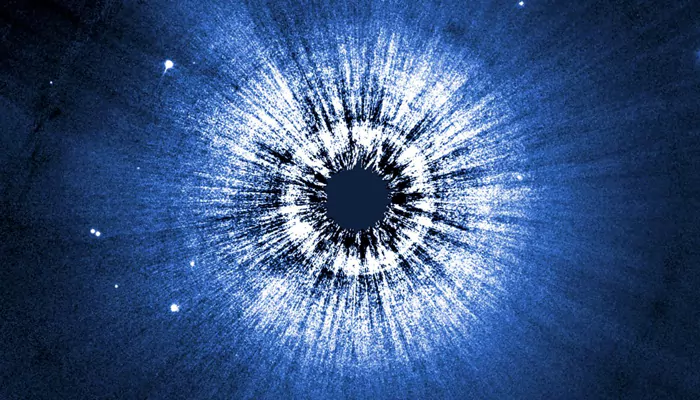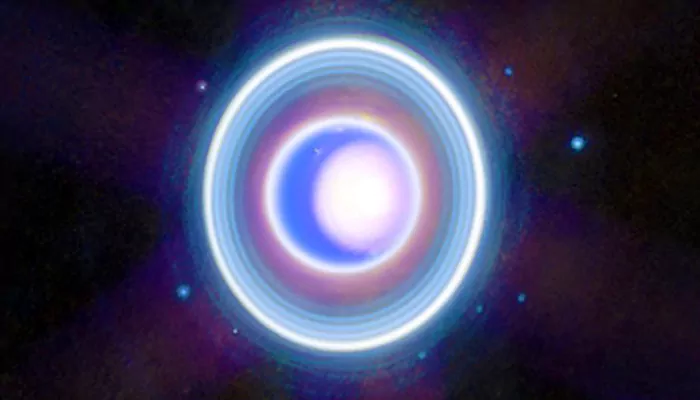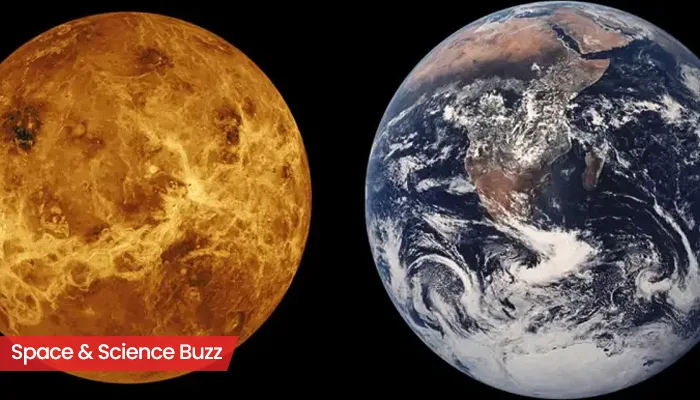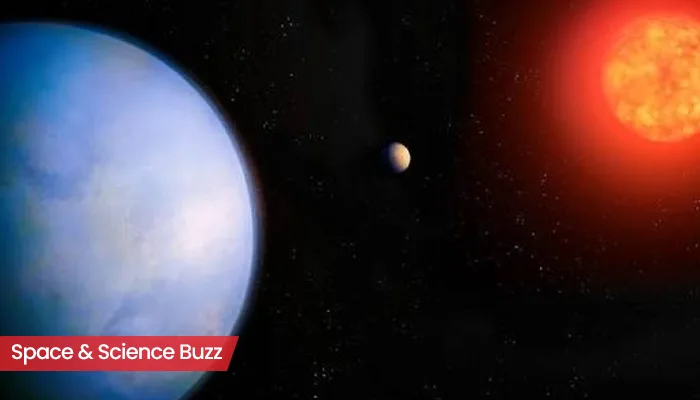
Here are today’s most important updates from the realm of Science and Space.
Step Inside SpaceX’s Futuristic Lunar Cabins: The Next-Level Home Away from Earth
SpaceX is developing mock-ups of crew cabins, sleeping quarters, and science labs for its Human Landing System (HLS) Starship, Artemis III Moon, scheduled for 2026 launch. These designs are important for simulating the environment that astronauts will experience during upcoming lunar missions. SpaceX has already unveiled the interior design of the HLS airlock recently. This is a critical transition area for astronauts moving between the spacecraft and the lunar environment. The crew cabin is expected to be spacious to accommodate multiple astronauts, their various activities, scientific research and daily living tasks. Amidst preparation, SpaceX is exploring additional features like solar arrays as well as advanced docking systems to improve operational capabilities.
Hubble and Webb Reveal Vega's Mysterious Smooth Disk

Astronomers at the University of Arizona, Tucson observed an unprecedented in-depth look at the nearly 100-billion-mile-diameter debris disk encircling Vega, using NASA's Hubble and James Webb space telescopes for an. "Between the Hubble and Webb telescopes, you get this very clear view of Vega. It's a mysterious system because it's unlike other circumstellar disks we've looked at," said Andras Gáspár of the University of Arizona, a member of the research team. Webb observed the infrared glow from a disk of particles the size of sand rotating around the sizzling blue-white star. The distribution of dust in the Vega debris disk is layered because the pressure of starlight pushes out the smaller grains faster than larger grains. Meanwhile, Vega is 40 times brighter than the sun. “The architecture of the Vega system is markedly different from our own solar system,” said the lead author.
Cosmic Eye Candy: NASA Rover Photographs ‘Googly Eye’ Eclipse on Mars
Ever feel like someone's watching you?
— NASA's Perseverance Mars Rover (@NASAPersevere) October 30, 2024
That's how I felt when I observed this transit of the Martian moon Phobos! The pupil in this "googly eye" is the potato-shaped moon, and the iris is our Sun. Learn more: https://t.co/jUYoXY1jpK pic.twitter.com/7izVWOHEPH
(Credit - X/@NASAPersevere)
Perseverance rover, while roaming the red, rocky surface of the Mars, captured an astonishing video of the partial eclipse in the atmosphere as Phobos crossed in front of the Sun, giving the perfect illusion of what NASA mentioned as 'googly eye'. The potato-shaped Martian moon Phobos was passing directly between the Sun and a point on the surface of Mars, which obscured a massive part of the Sun's disc, when clicked by Perseverance's Mastcam-Z camera. Phobos, discovered in 1877 by Asaph Hall, measures 27 by 22 by 18 kilometres in diameter and orbits the red planet thrice a day. It is so close to the planet's surface that in some locations on Mars it cannot always be seen.
Little Green Men on the Horizon? New Findings on Uranus's Moon Stir Alien Buzz

According to scientists from Johns Hopkins and the University of North Dakota proposed that the Uranus’s moon Miranda has water hidden underneath its surface. Last year, NASA probed the moons of Uranus including Ariel, Umbriel, Titania, and Oberon for evidence of deep, water-filled gorges that might show signs of biological extraterrestrial life. “We do not know enough about the Uranian satellites to say whether there could be life on them, but understanding what factors would result in them having subsurface oceans is an important step toward addressing that question,” said the researcher Sherry Fieber-Beyer.
If it's proven right, it could be a breakthrough in mankind's ongoing search for aliens. Scientists have also found evidence of an ocean below Miranda's icy surface around 100 to 500 million years ago.



.webp)
.WEBP)
.WEBP)
.webp)
.webp)


.webp)
.webp)
.webp)